Only Harvest The Seeds From A Sunflower Head When The Petals Start To Wither

ANNUALS > SUNFLOWER > HARVESTING
Reviewed By DAN ORI

Dan has over 27 years’ under his belt caring for plants and gardens. Working as a Horticultural Instructor and Consultant, he draws on a diverse range of experience that includes working as a Head Gardener, Tree Surgeon, Garden Centre Trouble Shooter, and writer of academic papers. Dan has a Level 3 Diploma in Horticulture and is currently a candidate for the RHS’s most prestigious award – The Master of Horticulture.
IN THIS GUIDE
SUNFLOWER GUIDES
Container Growing
Deadheading
Drooping
Harvesting
Sowing
Support
Varieties
Some people love the open, uncomplicated look of popping yellow sunflowers, whilst others love their seeds as food to snack on.
Why not have your cake and eat it too?
Give easy-to-grow sunflowers a patch in your garden, enjoy the sight of the charming, bright yellow flowers and then harvest the seeds to munch on!
You could even extract sunflower oil or make sunflower butter from the seeds – or you may simply sow them the following year.
Before you get that far, you need to know how to harvest these seeds.
The simple process is as follows:
- Keep an eye on the sunflower heads.
- Protect the flower heads from birds and bad weather, using netting if necessary.
- Snip off the flower heads using scissors or secateurs.
- Dry the flowers by laying them on a sheet of newspaper for roughly ten days.
- Extract the seeds from the dried flowerheads.
- Store the seeds in a dry (preferably airtight) location.
Each stage of this process is described below.
| Difficulty | Easy |
| Equipment Required | Paper bag, string, newspaper, wide container |
| When To Harvest | 70-120 days after sowing |
1) Observe The Flowers
When those big, brilliant blooms start to fade and wither, you need to start a close watch on the yellowing, browning flowers.
You see, those drying flower heads are nature-made bird feeders!
If you don’t make your move in time, common garden birds will devour the seeds.
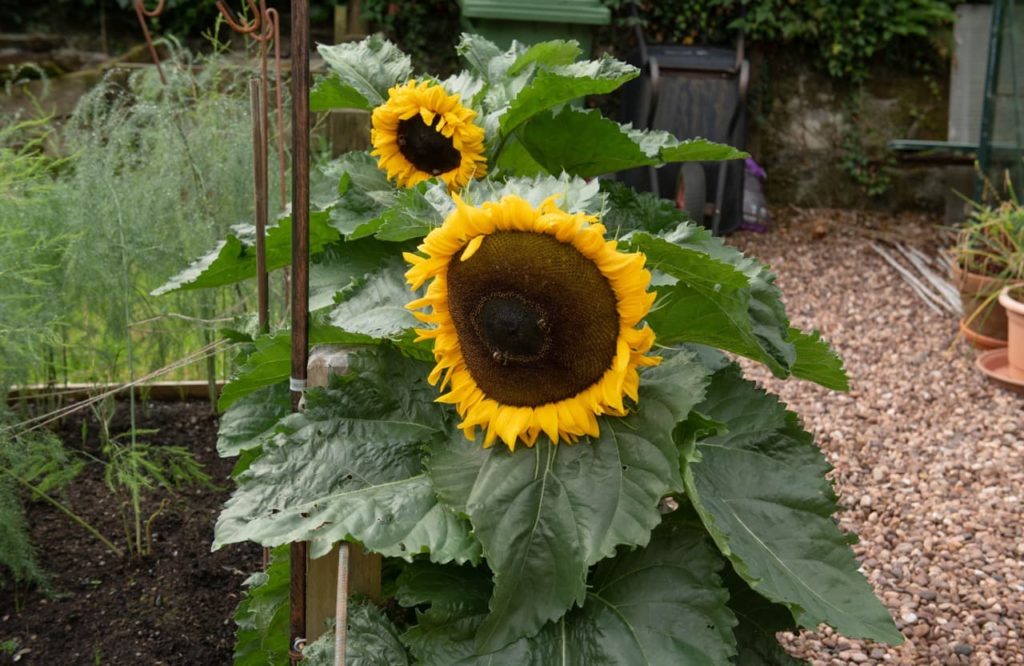
What you will need to do is described in the following step but the first line of action is to be vigilant.
You will need to begin your watch from 70-120 days after sowing the seeds depending on the variety you’re growing.
When the petals of a flower head have withered and are falling off, it is wilted at a downward angle and the rear of the flowerhead (where the calyx joins it) has yellowed, or as soon as you spot birds pecking, proceed to the following step.
2) Protect The Flower Heads
As it is better to allow the seeds to ripen on the plant and not harvest them prematurely, it is necessary to protect the seeds in the flower head from those greedy birdies.
Loosely cover the flowerhead with netting or a paper or cheesecloth bag (not a plastic bag!) and tie or clip the opening to the stem.

It is, of course, possible that a particularly naughty and smart bird may peck at and tear the bag to get at those tasty seeds, but if that happens, give credit to your avian rival!
You will need to take this step for each flowerhead in its own turn.
If you are lucky enough to live in a region where birds ignore wilted sunflowers and their seeds, you can skip this tedious step but keep in mind that whatever seeds come loose and fall off will be lost.
3) Snip Off The Flowers
For a precisely-timed harvest, remove the paper bag to inspect the withered flower head every few days, otherwise, simply skip the inspection and harvest the flower head about ten days after you covered it.
If the rear of the flower head is yellowy-brown in colour, the florets in the central disc have withered or fallen off and the seeds are exposed and look plump, they are ready to harvest.
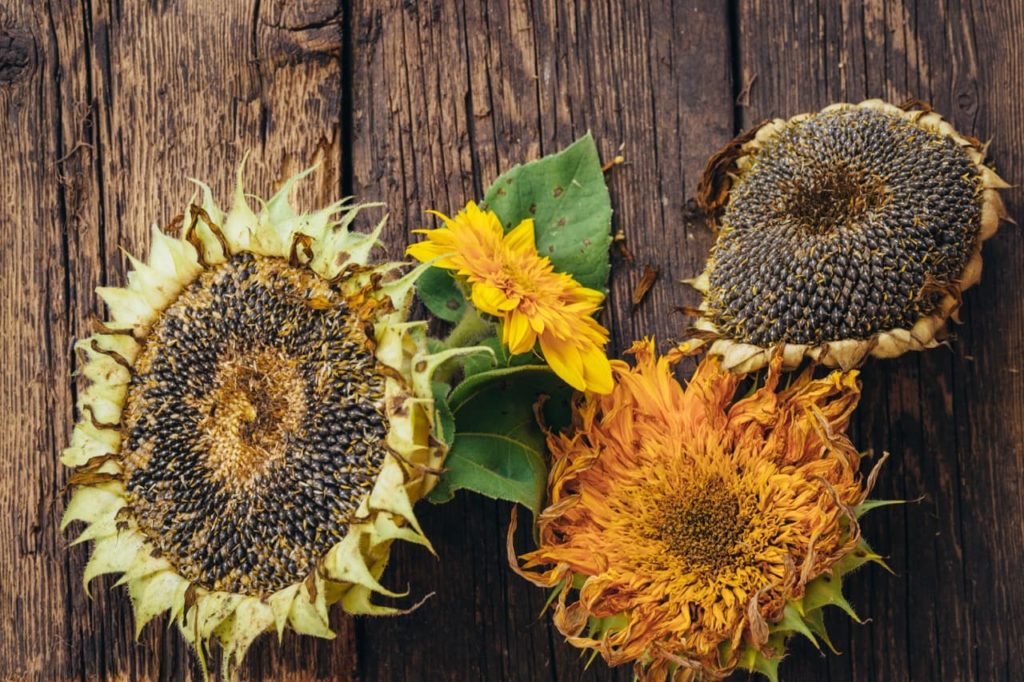
Seeds may be striped black and cream or be entirely brownish-black; both types are edible but the former is definitely tastier.
Snip off the stalk about 25cm beneath the flower head.
Be gentle and careful when cutting because a jerk will dislodge seeds that have dried and are coming loose.
4) Dry Them
Bring each flower head indoors, with a bag on if you had tied one, to a storage room that is clean, dry, and well-ventilated.
Remove the bag, tie a string to the stalk and suspend the flowerhead from a rafter or spread a newspaper on a table and lay the flower head on it.
Leave some space between adjacent flower heads.

Do not put them on a sheet of plastic.
If you opt for the former style, you may want to put a plastic tub or another container beneath the suspended flower stalks to catch any falling seeds.
If you opt for the latter style, be sure that there are no mice, insects or other pests in your storeroom!
Leave each flower head for about ten days, after which the seeds will be ready to harvest.
5) Extract The Seeds
Lay a sheet of newspaper on the floor and put a pail or any wide, broad container on it.
Hold a flower head above the pail and firmly brush it with your fingers to extract the seeds.
You may rub two flower heads against one another or pull apart a flowerhead to dislodge the seeds.
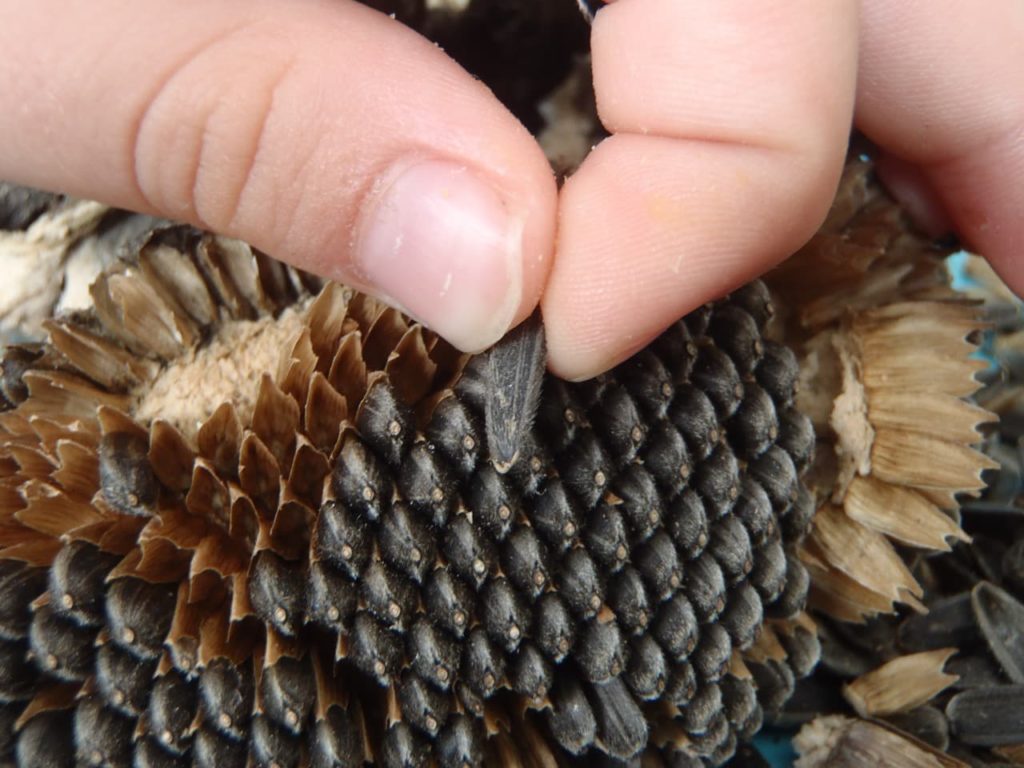
After you are done, sift through the seeds and pick out any extraneous matter, as you will likely find dried florets and small bits of the withered flower among the seeds.
If you are certain that your storeroom is free of mice and other pests, lay a sheet of newspaper on a table and spread the seeds on that for drying.
The seeds should not be touching each other.
If your storeroom is not certain to be free of pests, then put only a handful of seeds in a mesh bag and suspend that with a piece of string from a rafter.
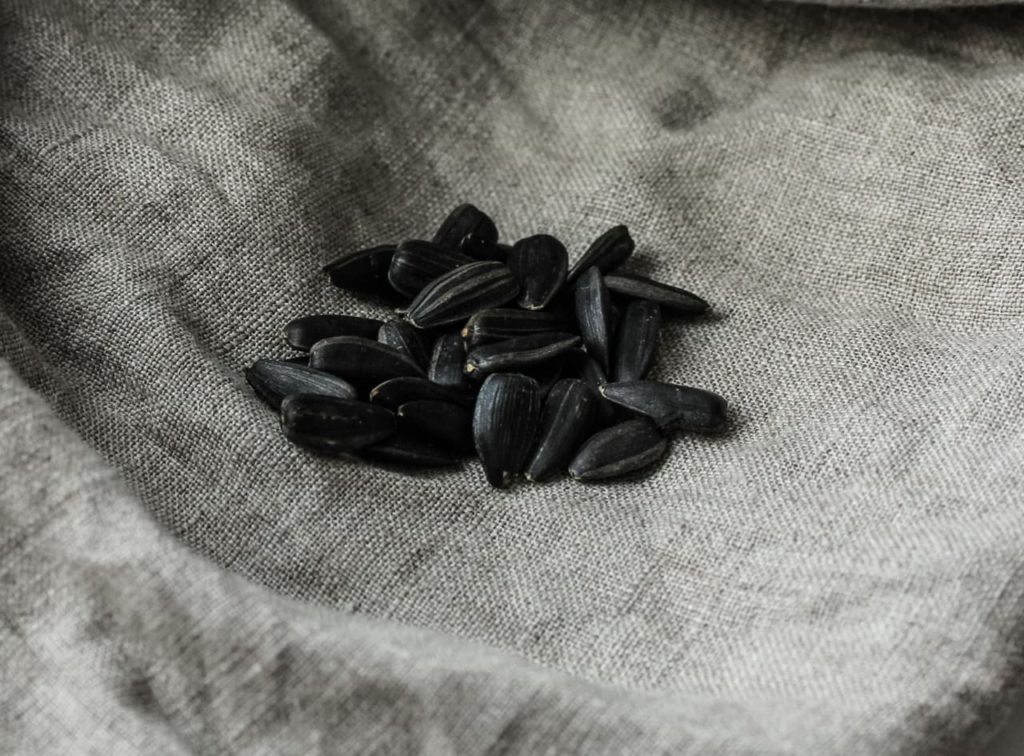
Use as many mesh bags as needed.
If you use the newspaper sheet style, 24 hours is enough.
If you use the mesh-bag style, jiggle the bags every six hours or so to re-arrange the seeds, and allow 2-3 days for drying.
This final drying step is important because moist seeds will become mouldy or start to rot.
6) Store The Seeds
Sunflower seeds can be put in paper envelopes or bags, which should be tightly closed and kept in the crisper or kept in a dry, airtight jar.
But why store those tasty and nutritious seeds?
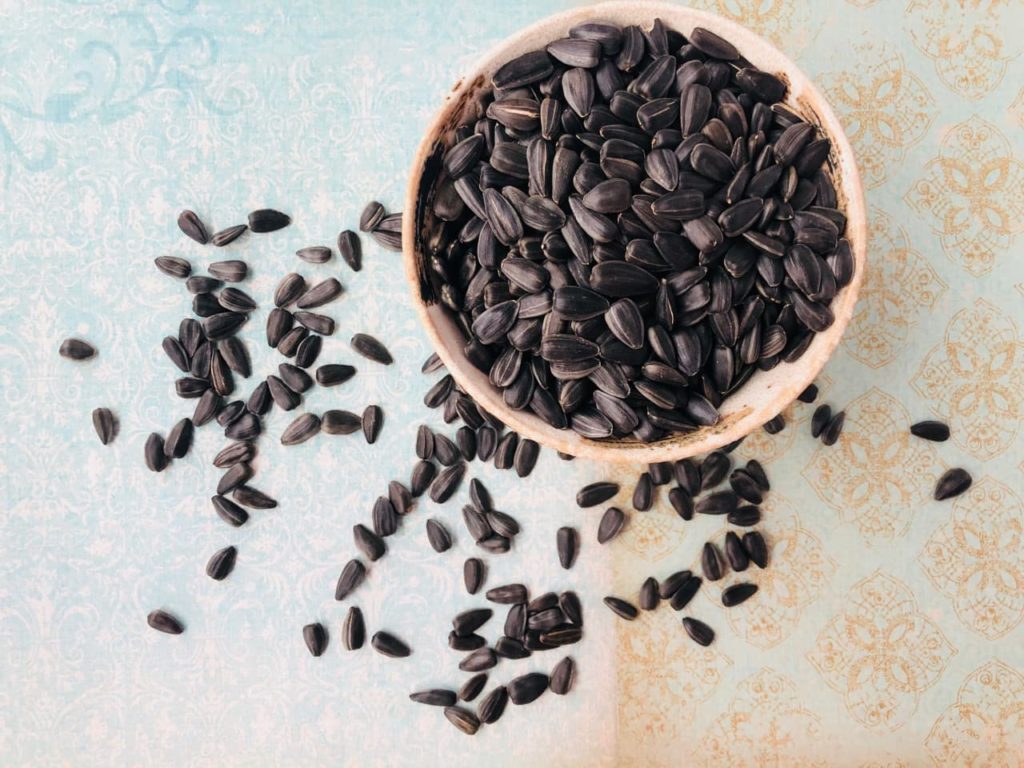
Just start to munch on them, raw or roasted.
But if you store the seeds, do check on them about once a fortnight in case any have gone mouldy, as these can affect the other seeds they are stored with.
“Do not roast or eat all your seeds, as you will want some to sow in the ground next spring!” shares Master Horticulturist Dan Ori.
“You can store them in a paper bag just the same, and I then put my paper bags in a tin and place them in a cupboard indoors.”

